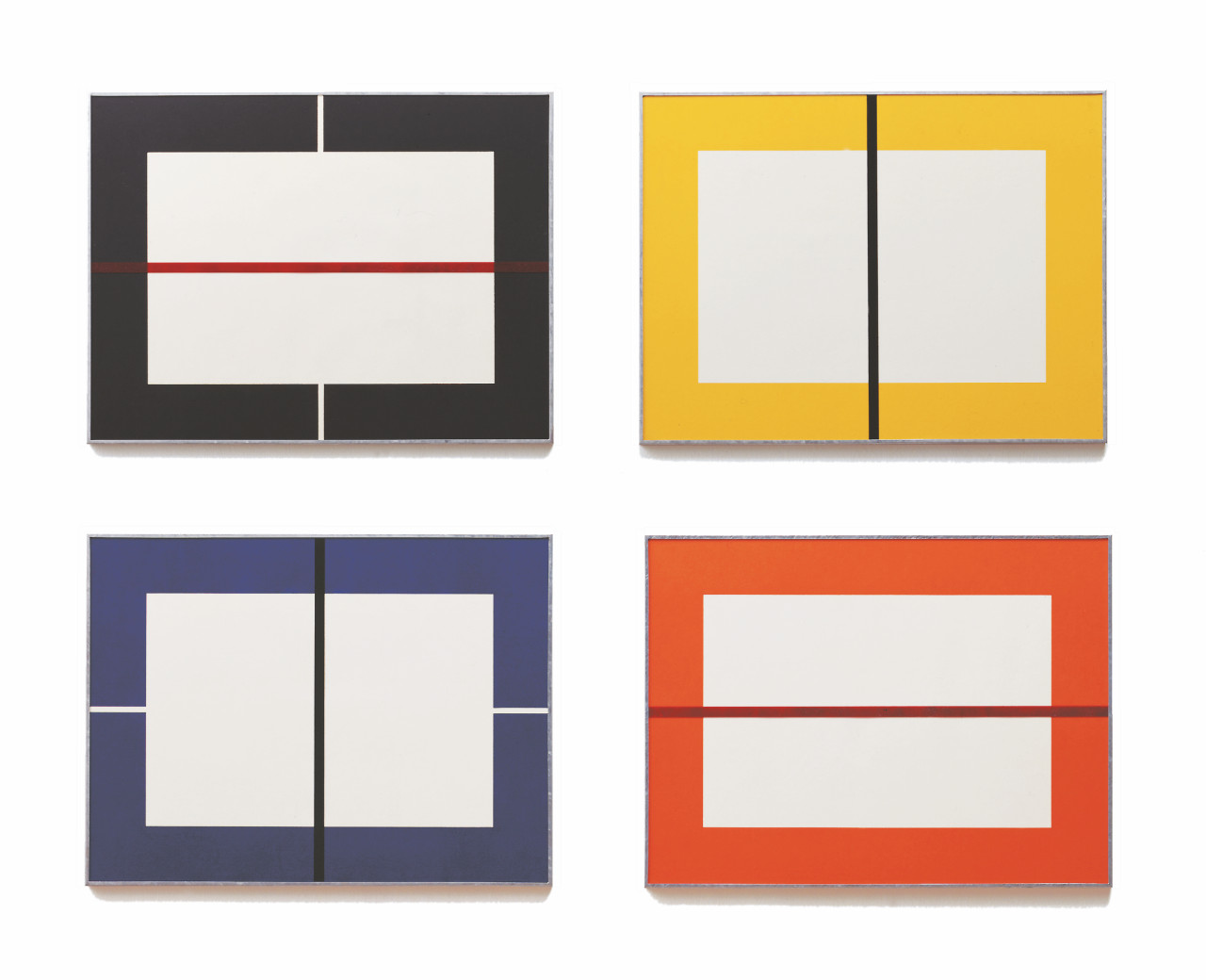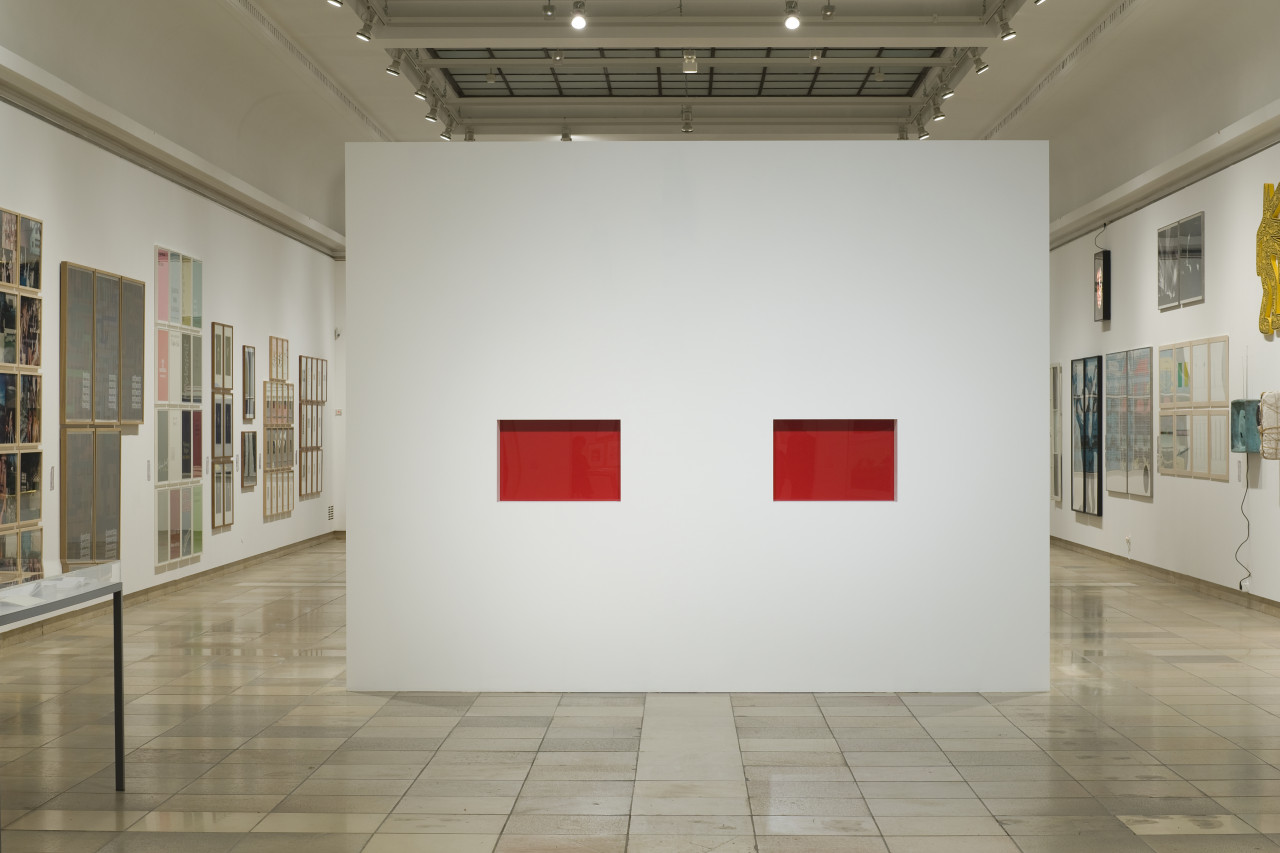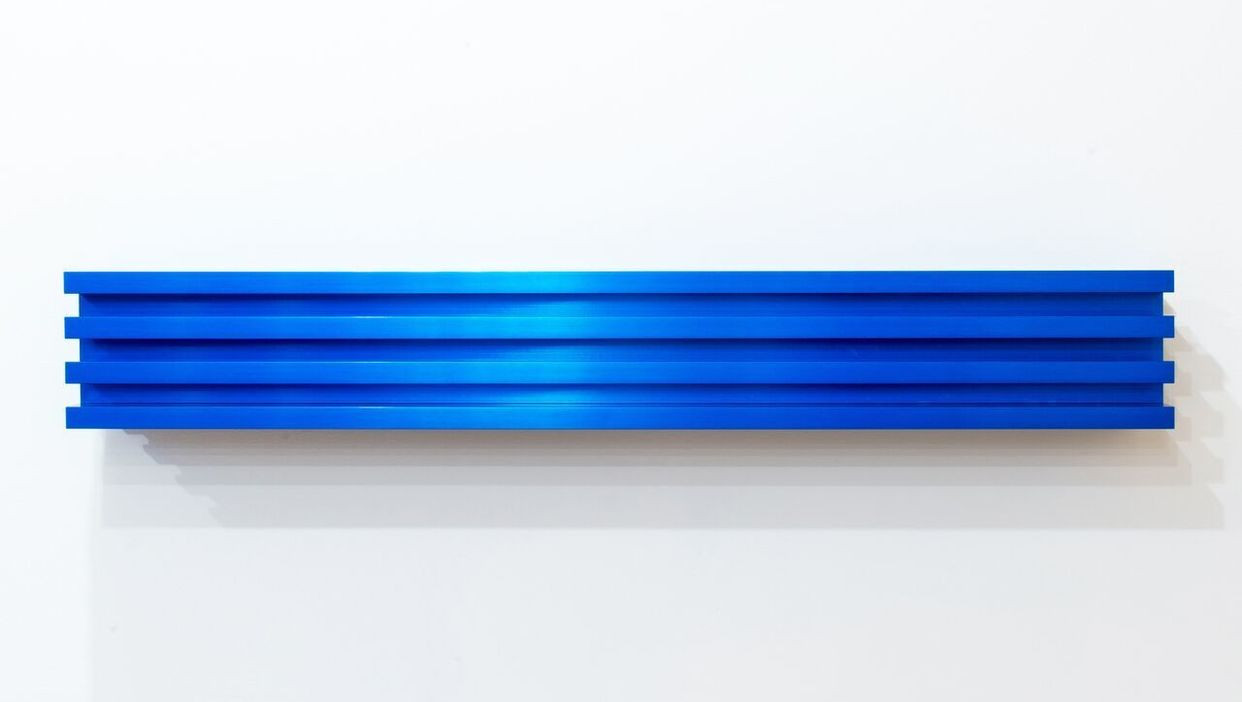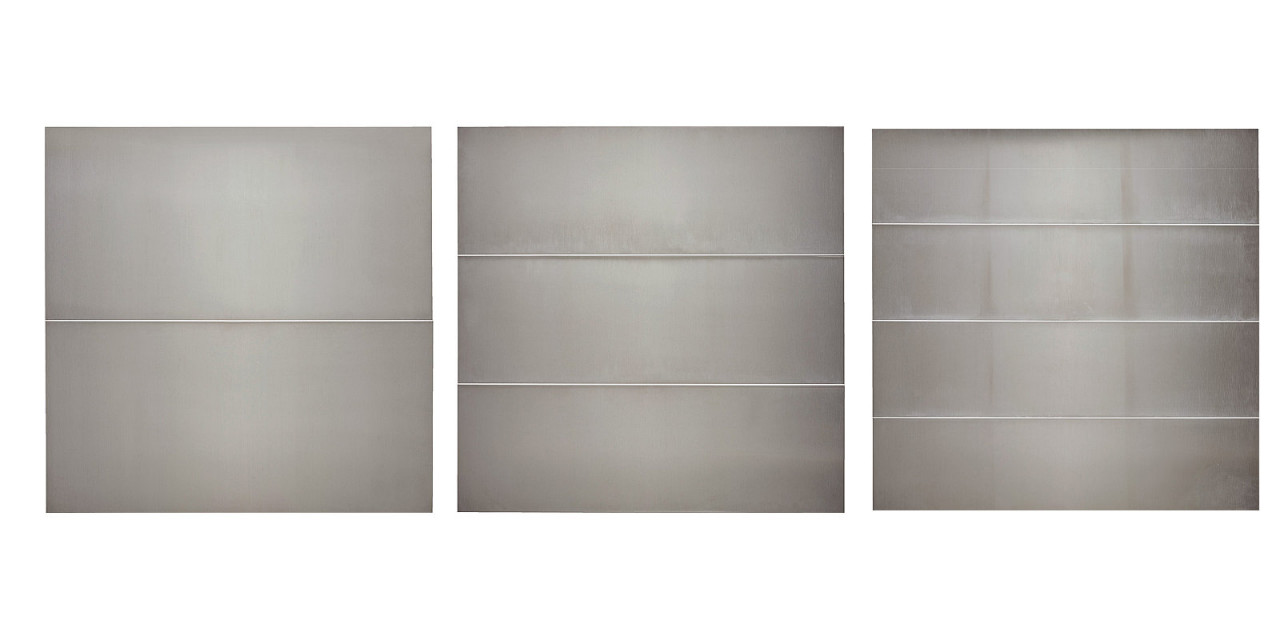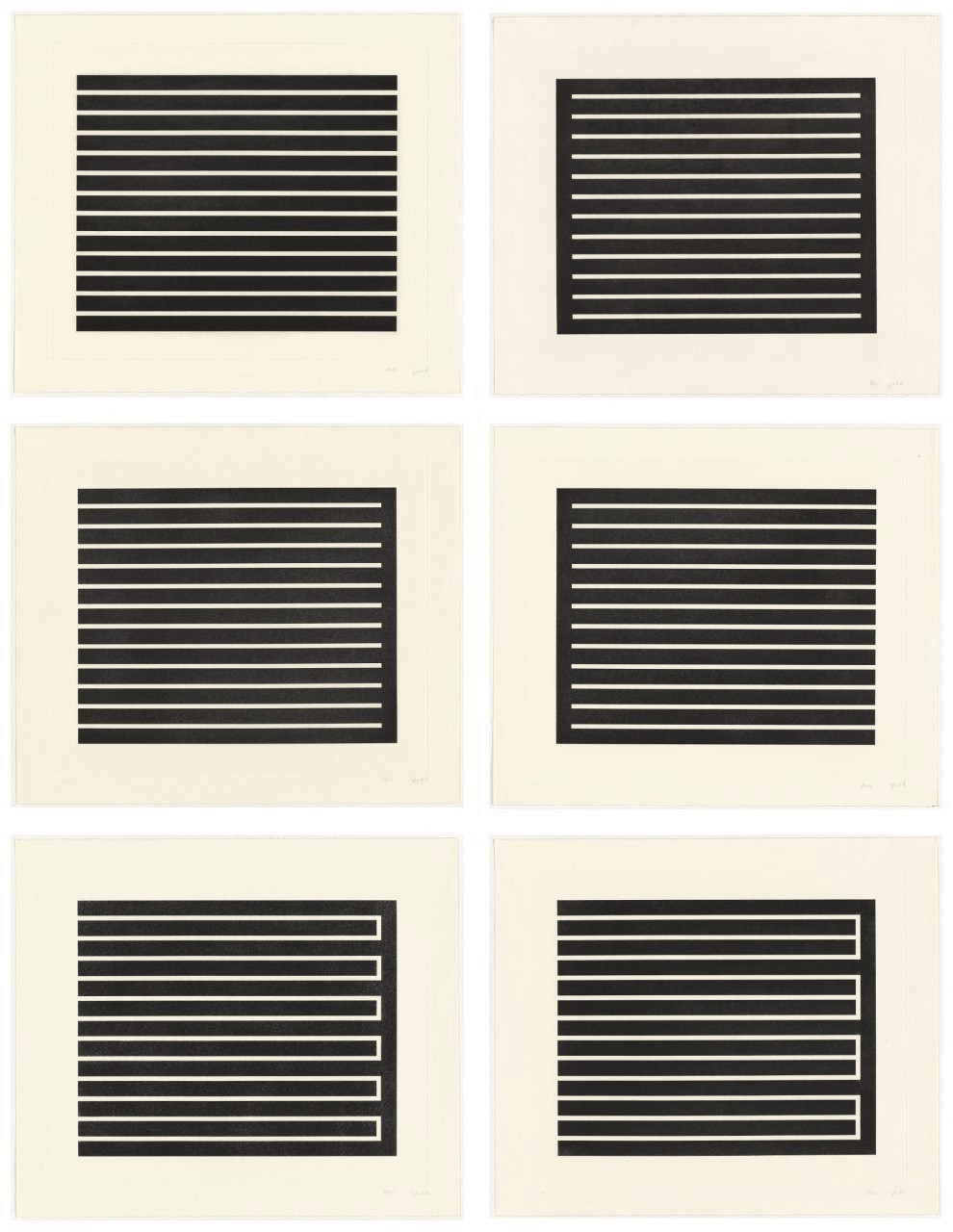Donald Judd
Donald Judd (1928-1994), born in Excelsior Springs, Missouri, lived and worked in New York, Texas and Switzerland. Judd is one of the most important minimalists. With his sculptures, his "specific objects" made out of steel, wood, aluminum and plexiglas, he has analyzed the definition of space and sculpture in a radical and revolutionary way. Judd's objects are conceived with the principles of progression and seriality. They manifest a latent inclination towards architecture through their reference to the surrounding space, precise positioning, rectilinearity, and ordered structural logic. In the 70s and 80s he created a setting – in a compound on a former military base in Marfa, Texas – which afforded the opportunity for permanent installations of both his own works and that of other artists, in architectural as well as natural surroundings. Through Marfa, Judd was able to realize his ideal context for the exhibition of contemporary artist and in doing so, set a new standard for its presentation.
Donald Judd Editions

Untitled (Woodcuts)
1993

Untitled (Wall Work)
1992
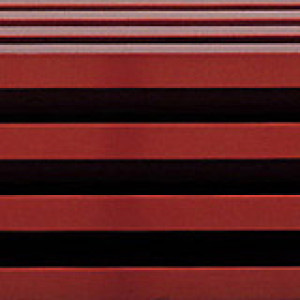
Untitled (Aluminum)
1991
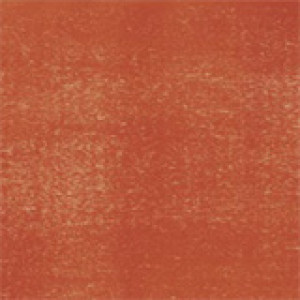
Untitled (for Joseph Beuys)
1986
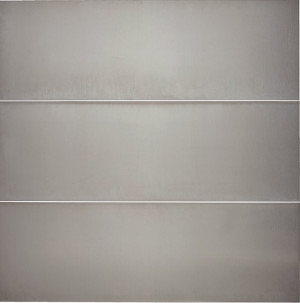
Untitled (Folded Meters)
1983
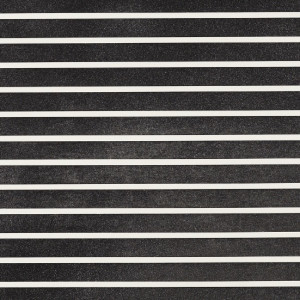
Untitled (Aquatints)
1980

Untitled (Aquatint)
1978/1979
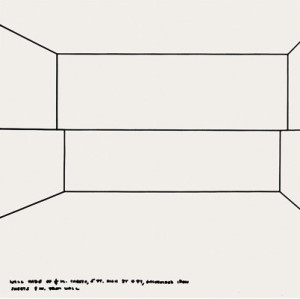
Untitled
1970
Untitled (Woodcuts)
1993
Set of 4 woodcuts on Japanese paper, with a hand-painted oil paint stripe on the glass of the galvanized iron frame, each 61 x 81 x 2.5 cm (24 x 32 x 1 in), estate stamped. Edition of 25.
This edition by Donald Judd embodies the principles of Minimalism by translating the relationship between color, form, and material into a clear geometric structure. The four panels of this work follow a precise compositional order. The characteristic reduction to elemental forms and a limited color palette emphasizes the conceptual rigor of Judd’s approach. The serial arrangement and the nuanced differentiation of tones draw attention to the interplay of surface, space, and structure, inviting contemplative observation.
Untitled (Wall Work)
1992
From Wall Works
Two recesses on a wall, with red, blue or green plexiglas or galvanized iron. Recesses 50 x 75 x 25 cm (29½ x 19¾ x 10 in) each; installation size according to the wall. Limited to 12 installations, with certificate, signed by the estate, numbered.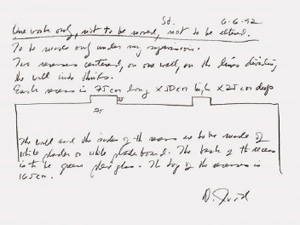
In this large-scale edition, Donald Judd creates a striking contrast through two symmetrically arranged, recessed red rectangles that are embedded into a white wall. The clear linearity and the absence of decorative elements emphasize Judd’s conceptual engagement with structure and materiality. The installation invites the viewer to contemplatively explore the interplay between object, space, and perception.
Untitled (Aluminum)
1991
Extruded aluminum, anodized in 12 different colors, 15 x 105 x 15 cm (6¼ x 41 x 6¼ in), edition of 12 each color.
This edition realizes a long-cherished project of Donald Judd and required the specially developed custom fabrication of an industrial tool that enabled the desired shape to be produced through extrusion in a single process – without screws or welds. The anodization of the aluminum causes the color pigments to penetrate the material structure, becoming an integral part of the surface, thereby continuing Judd’s consistent fusion of material, color, and form. The extrusion profile was designed by Donald Judd as a logical division of the symmetrical space.
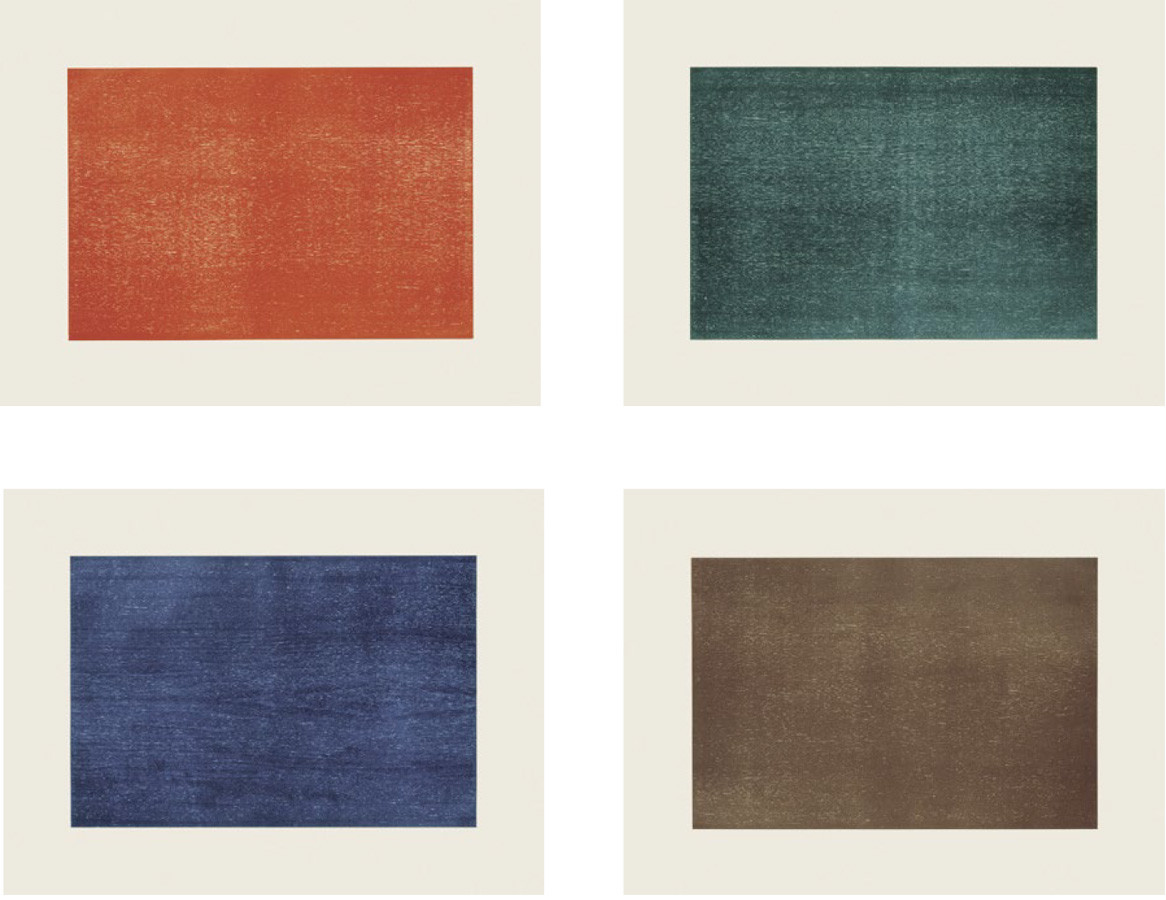
Untitled (for Joseph Beuys)
1986
From For Joseph Beuys
Woodcuts printed in red, green, blue and brown on handmade Japanese paper, 60 x 80 cm. Edition: 90 + XXX altogether (+ 20 A.P. altogether), signed and numbered on verso.
Donald Judd created this edition for the group project Für Joseph Beuys, which Schellmann and Klüser initiated in honor of Beuys. The work is part of the collection of MoMA, New York.
Untitled (Folded Meters)
1983
CR #10-12: Three wall objects, each folded, stainless steel. Each 100 x 100 cm, depth varies. Edition: 3 + 1 AP, inventory number stamped on metal plate on verso
The edition Untitled (Folded Meters) consists of a series of three stainless steel works, each distinguished by a precisely executed single fold. With their strict geometry and reduced formal language, they adhere to the principles of Minimal Art and reflect Donald Judd’s consistent interest in serial order and mathematical structure. The three variations in this group are based on precisely calculated proportional divisions of ½, ⅓, and ¼, making the subtle differentiation within a formally stringent system perceptible.
Untitled (Aquatints)
1980
Set of 6 aquatints on rag paper, 74 x 86.5 cm each (29 x 34 in), each signed and numbered. Edition of 150.
With this series of aquatint editions, Donald Judd continues his consistent pursuit of reduction and geometric clarity. The six prints, defined by varying arrangements of horizontal lines within square fields, reflect Judd’s principles of serial order and his precise formal rigor. The use of deep black ink on etching paper enhances the contrast and emphasizes the materiality of the works. Subtle variations within the series invite a meditative reflection on the interplay of line, surface, and space – central aspects of Judd’s artistic practice.
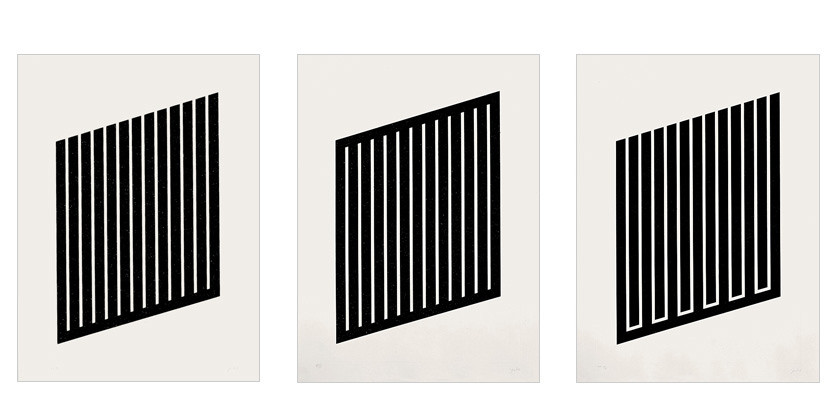
Untitled (Aquatint)
1978/1979
Aquatints on rag paper, 101.5 x 74.5 cm each (40 x 29¼ in), each signed and numbered. Edition was never completed; there are 15 A.P. and 6 P.P.
The parallelograms depicted in this edition represent a central motif in the early work of Donald Judd. While his oeuvre is otherwise characterized by orthogonal structures, the use of the diagonal here is unexpected. Nevertheless, it remains within the formal rigor and consistent serial arrangement that define Judd’s work. This geometric shift expands his minimalist vocabulary without disrupting the conceptual clarity and systematic order that are essential to his artistic practice.
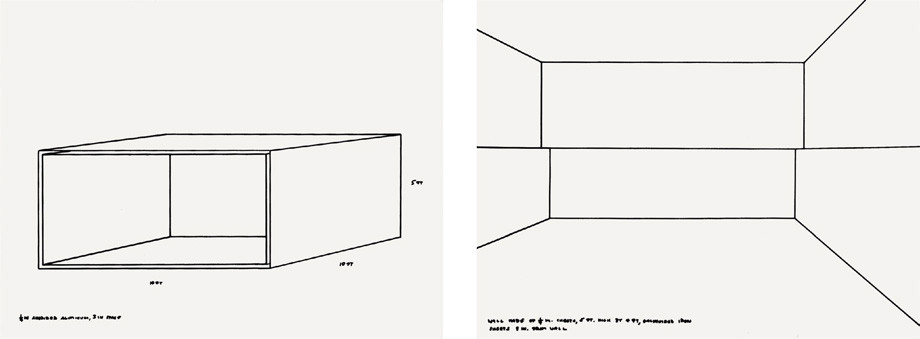
Untitled
1970
Two silkscreens on Schoeller Hammer 300g paper, 56 x 74 cm (21¾ x 28¾ in). Edition: 100 (+ some A.P.), signed and numbered.
Donald Judd’s drawings deliberately avoid any illusionistic sense of depth through their isometric representation, in order to make the actual dimensions of the objects directly perceptible instead. In the drawing on the right in this edition, a three-sided, half-height steel wall is placed in opposition to a similarly three-sided spatial structure. Due to the absence of shading and perspective foreshortening, the two elements visually merge, so that their spatial differentiation becomes apparent only upon closer inspection. In doing so, Judd remains true to his conceptual clarity by reflecting on the perception of space, materiality, and structure in their most basic conditions.
